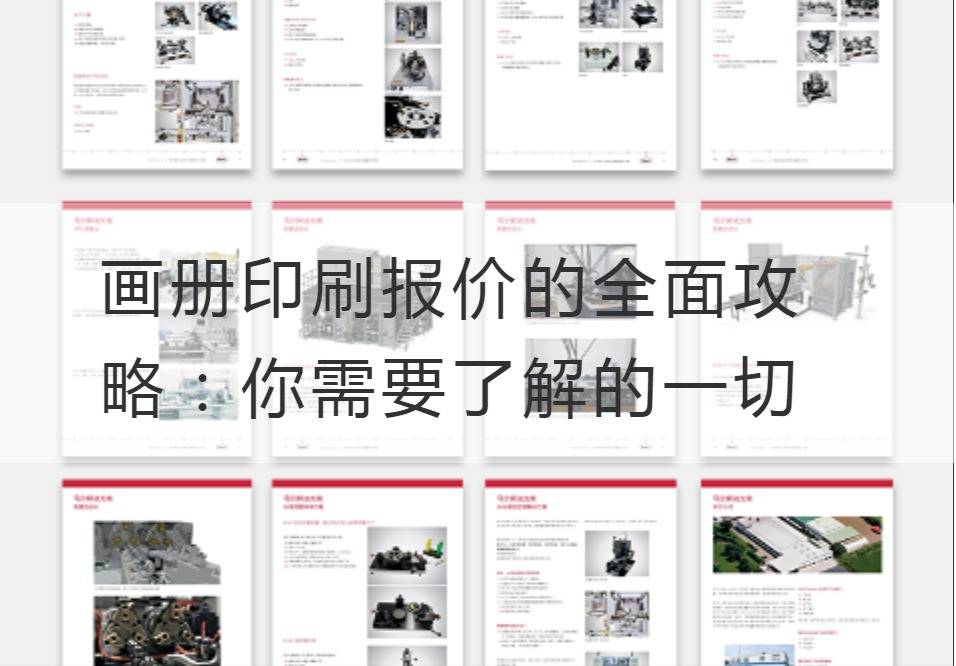Comprehensive Introduction to Book Printing Quotes: Everything you need to know
In today's society, as an important propaganda tool, picture album is widely used in enterprise propaganda, product promotion, exhibition and other fields. However, many people do not know about the price of picture book printing, easy to fall into the price trap. Therefore, this article will give you a comprehensive guide to the price of picture book printing to help you better understand the price of picture book printing so that you can make an informed decision when choosing.
First of all, it is very important to understand the basic elements of album printing. The price of an album is determined by many factors, such as size, number of pages, paper quality, printing method, binding method, etc. Therefore, when making a quotation, we first need to be clear about the specifications and requirements of the album we need. The size and number of pages of the album will directly determine the amount and cost of paper used, while quality and binding will directly affect the final result and value.

Second, you need to understand the difference in how you print it. In album printing, the common printing methods are offset printing and digital printing. Offset printing works better in mass printing, but the price is relatively high. Digital printing is suitable for small-volume printing and is responsive, with some limitations. Therefore, depending on the urgency of the work and the constraints of the budget, we can choose the appropriate printing method.
Paper quality is also a factor to be reckoned with. The quality of the paper is directly related to the quality and durability of the picture album. Common paper has coated paper, matte paper, special paper, and so on. Coated paper printing effect is good, but the relative price is higher; Dumb powder paper has a certain texture, suitable for some high-end albums; Special paper can be processed through texture, drawing, etc., to increase the characteristics of the album. Therefore, according to the actual needs to choose the most suitable paper quality.
It is also very important to understand how the book is bound. Different binding methods will affect the look and price of the album. Common binding methods are glued, nailed, wire-bound and so on. Adhesive is suitable for a few pages of the album, the price is relatively low; Nailing is suitable for more pages of picture albums, good durability; Wire-mounted is suitable for high-end albums, but the cost is relatively high. According to the specific requirements and budget of the album, it is very important to choose the appropriate binding method.
Finally, we also need to understand the reputation and quality of service of our suppliers. Choosing a trusted supplier ensures the quality and timely delivery of the album prints. We can learn about our suppliers' performance and reputation by looking at their reviews and word-of-mouth, and we can ask friends and peers for their recommendations. It is also important to consult the supplier about the scope of service, delivery time, after-sales service, etc.
To sum up,album printingThe comprehensive strategy for quotation includes understanding the specifications and requirements of the album, choosing the right printing method, paper quality, binding method, and finding reputable suppliers. Only by fully understanding these elements will we be able to better select an album printing service that suits our needs and budget. Hope this article is helpful to you, I wish you in the album printing to obtain satisfactory results!
Recommended Reading:
The money-saving art of album making: How to Reduce Costs
Green water and green mountains to see the production of Chinese albums
Breaking through the siege: Overcoming Common Problems in Album Production



